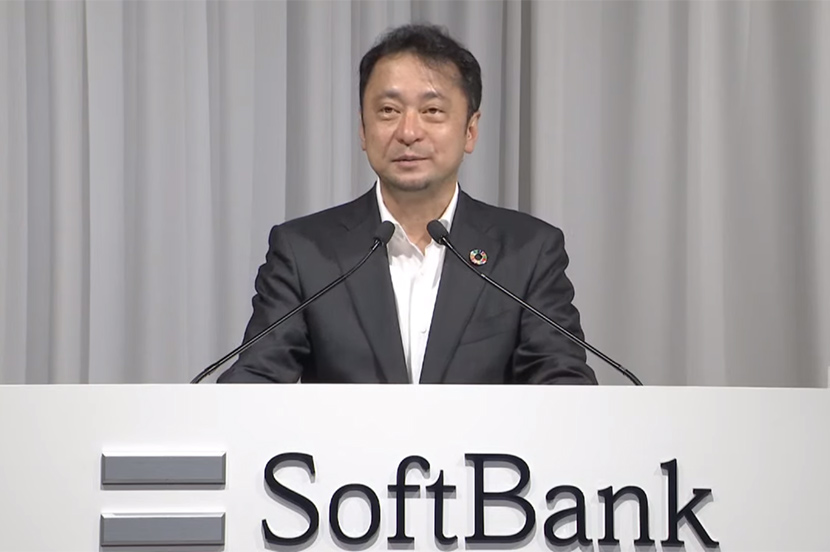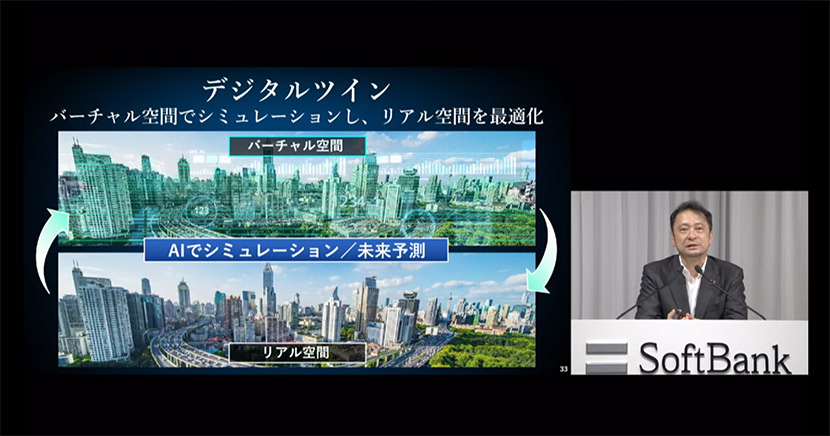
SoftBank Corp. (TOKYO: 9434) held its 35th Annual General Meeting of Shareholders (AGM) on June 22, 2021, and Junichi Miyakawa, who assumed the post of President & CEO in April this year, chaired the meeting for the first time. As with the previous year, shareholders were able view, vote and ask questions through a dedicated website.

After showing the business report video for the fiscal year ended March 31, 2021 (FY2020), Miyakawa outlined the company’s growth strategy, which responded to four major shareholder concerns: SoftBank’s shareholder return policy, the impact on revenue due to intensified price competition in mobile services, how to achieve continued profitability growth and the company’s ability to lead in the digital market.
SoftBank a growth company, not just a telecommunications carrier

Miyakawa explained how SoftBank will increase profits despite intensifying mobile phone service charge competition. “We’re not just targeting the telecommunications market; we’re targeting digital transformation in all of Japan’s industries. We want to be a digital business infrastructure provider that supports all services and industries,” Miyakawa said. “And for Japan to be more digitally advanced country, it needs to invest into IT. We’ll seize this business opportunity.”
Explaining competitive advantages in the digital market, Miyakawa noted that SoftBank has a solid foundation for communications infrastructure, including its 5G network, and an unparalleled number of customer touchpoints that spans mobile subscribers, and the users of platforms provided by Yahoo Japan, PayPay and LINE. To make up for the revenue impact of decreased mobile service charges, Miyakawa said SoftBank will increase sales and profits at its enterprise business, new businesses and Yahoo Japan’s e-commerce business, among others. Miyakawa also noted the company will continue to balance growth with shareholder returns, and he committed to a total shareholder return ratio of approximately 85% from FY2020 to FY2022.
Solving social issues with "Digital Twin" technology

Turning to SoftBank's vision for mid- to long-term growth, Miyakawa said, "Solving social issues will lead to SoftBank’s future growth." He added that SoftBank’s “Digital Twin” technology can address Japan’s demographic challenges, such as a declining birthrate and an aging population. Miyakawa gave car navigation systems as one concrete example of Digital Twin technology. Car navigation reflects a car’s location on a virtual map and suggests the best route for an actual car. He said that by conducting various simulations using AI in the virtual space, which is a “twin” to real space, and by applying these simulations to reality, social issues can be solved. In addition to digital twin technologies, Miyakawa added that SoftBank will work to optimize and integrate other digital technologies to provide platforms that contribute to society.
Noting that other countries are facing various demographic challenges similar to Japan’s, Miyakawa said he wants to make SoftBank the company that is most needed by people around the world by exporting business models and digital technologies that have proven successful in Japan.
SoftBank Corp. Brand Movie: “We will make society better”
Concluding his explanation of the growth strategy, Miyakawa introduced a new brand movie that crystallizes SoftBank’s aspirations to realize an ideal society through the power of digital technology based on new social infrastructure underpinned by the Digital Twin concept.
Promoting the advancement of women
Miyakawa told shareholders that the promotion of diversity is a high priority for management, and as part of this initiative, he announced the “Women’s Activity Promotion Committee,” which he will be leading himself.
A video, resolution materials and more information on SoftBank’s 35th AGM can be found here.
(Updated on June 25, 2021)
by SoftBank News Editors


